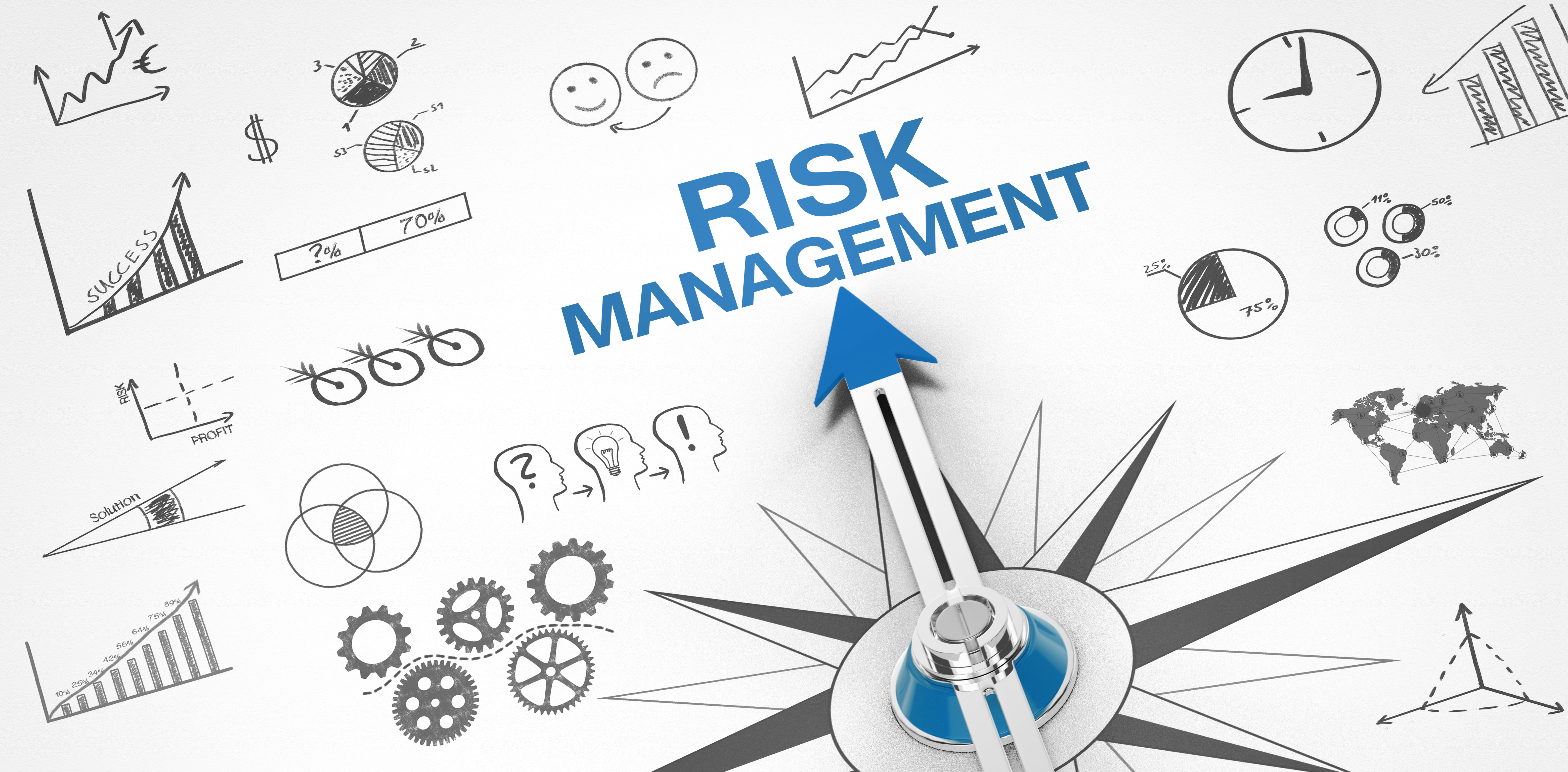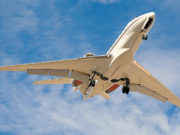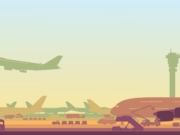
United Airlines recently was given credit in a Wall Street Journal article for performing safety analysis that is saving the airline millions. The article speaks about how the idea for this analysis was derived from an open-source violent crimes study under way in academia. In the aviation industry, we have seen how an analysis of flight paths is more enlightening when the path(s) are illustrated with 3D tools across the terrain. Some of the issues at certain airports are better understood when visualizing the full approach and departure paths with obstacles and other nearby traffic flows. These illustrations provide a powerful understanding of safety and risk acquired by using tools that are being applied across many different industries, often by industry novices who are applying what was learned somewhere else.
Risk management within safety management systems often describes the need to examine trends and safety performance regularly. You can easily see when performance is changing, but it often takes a special study across a broad spectrum of data to see useful patterns. These patterns then help us to come up with an effective mitigation plan. Sometimes, without these tools, you’re left to guessing and speculation. I am reminded of a few times when, as director of safety at an airline, the performance numbers in some areas would roll up and the safety department would have to try to explain them to the company, especially when progress for the target was not on track. We would be familiar with some of the latest events, but not always the drivers behind the trends. Aircraft damage trends were one of those tricky performance measures.
With this article, I am also reminded of a recent podcast discussing the analysis of gun violence and how action plans were made more effective when someone began to think of violence like a disease. By plotting many of the gun violence crimes by neighborhoods and thinking about how to interrupt the transmission of violence within the city, authorities were much more effective in reducing violence. The process has been repeated many times with great success. Perhaps it’s this level of detailed analysis and visualization that moves us to the next big jump in improved performance.
I applaud United’s creativity in applying different resources to the careful study of safety issues. As an industry that is already very safe, the aviation community is going to have to look at how creative analysis is being done elsewhere. Accident investigations have provided great knowledge to the industry for decades, but new ways of looking at the issues are now needed to help us find methods of preventing the next accident.
Mark Millam is the Foundation’s vice president, technical.


